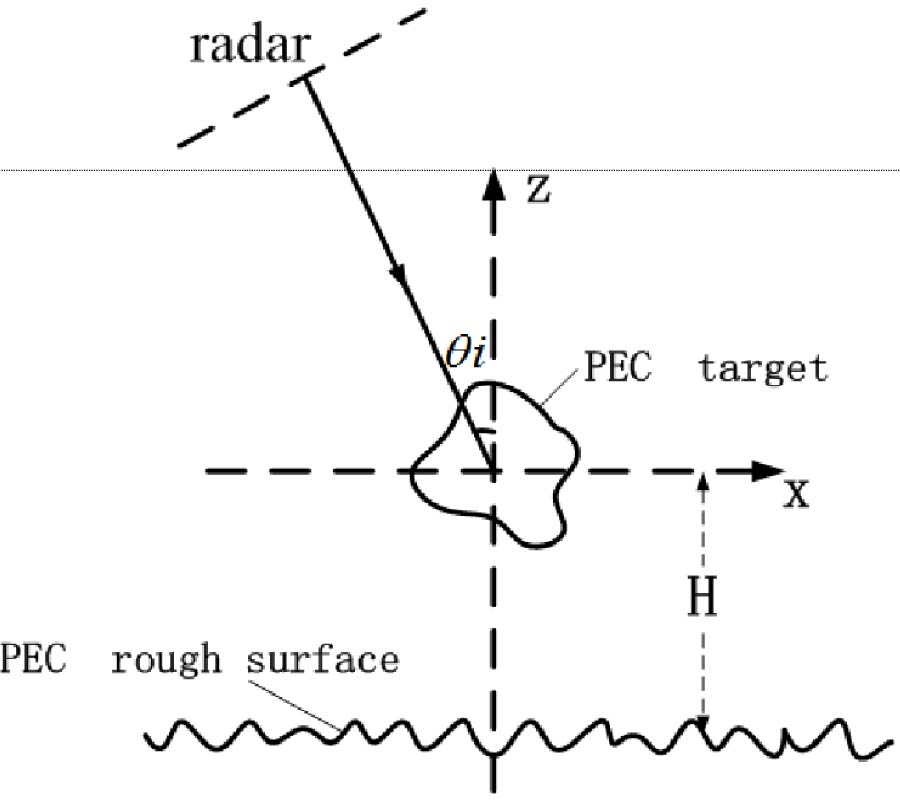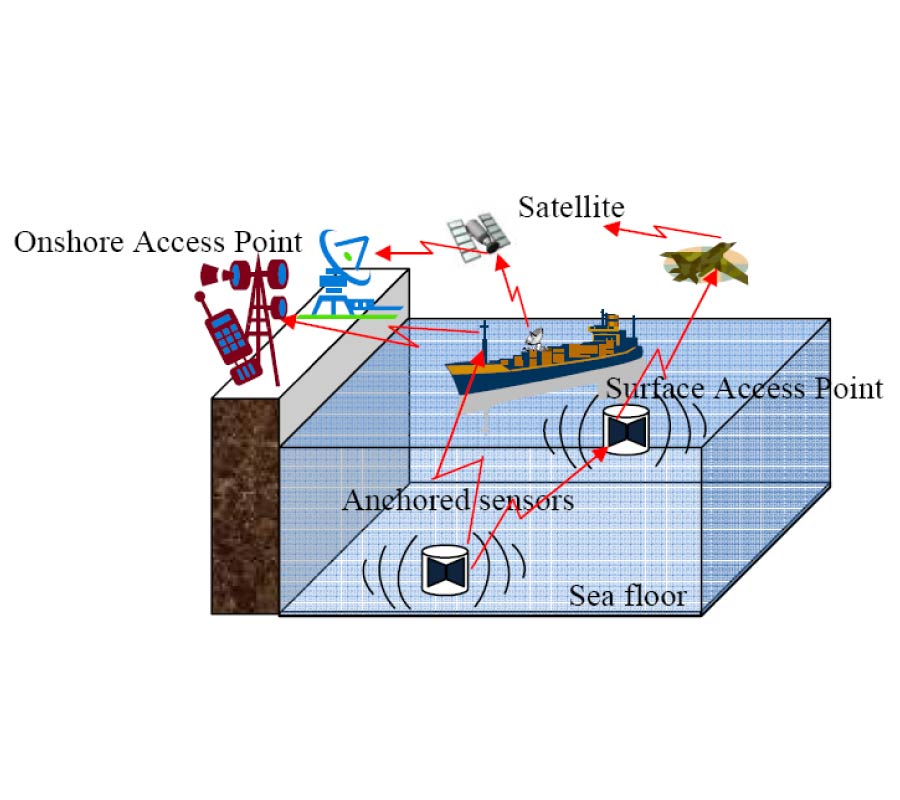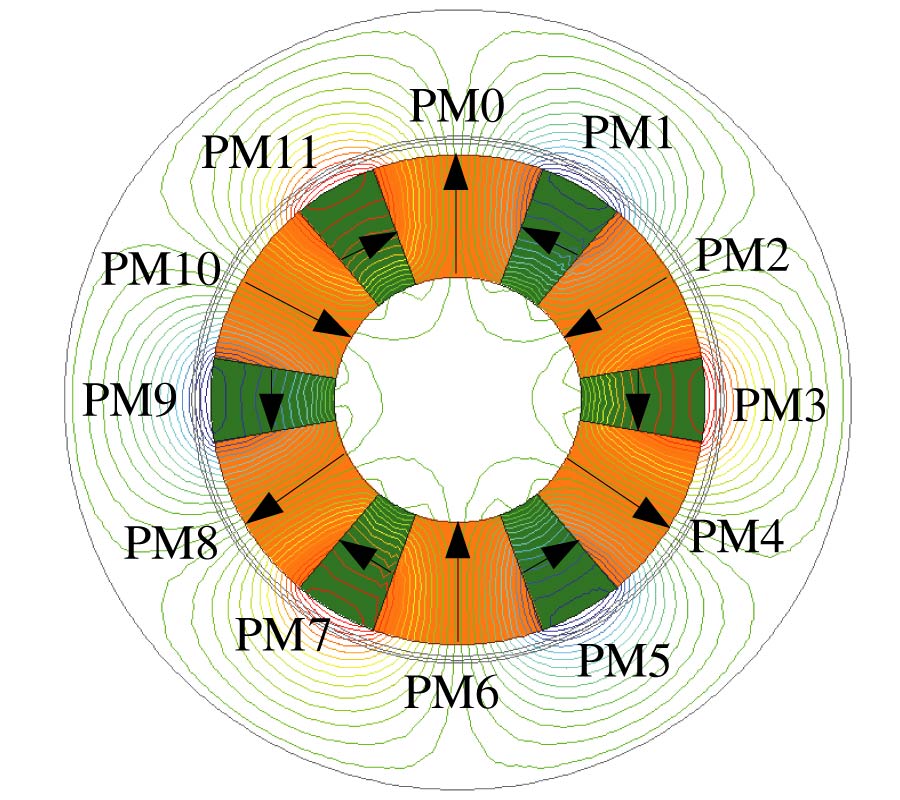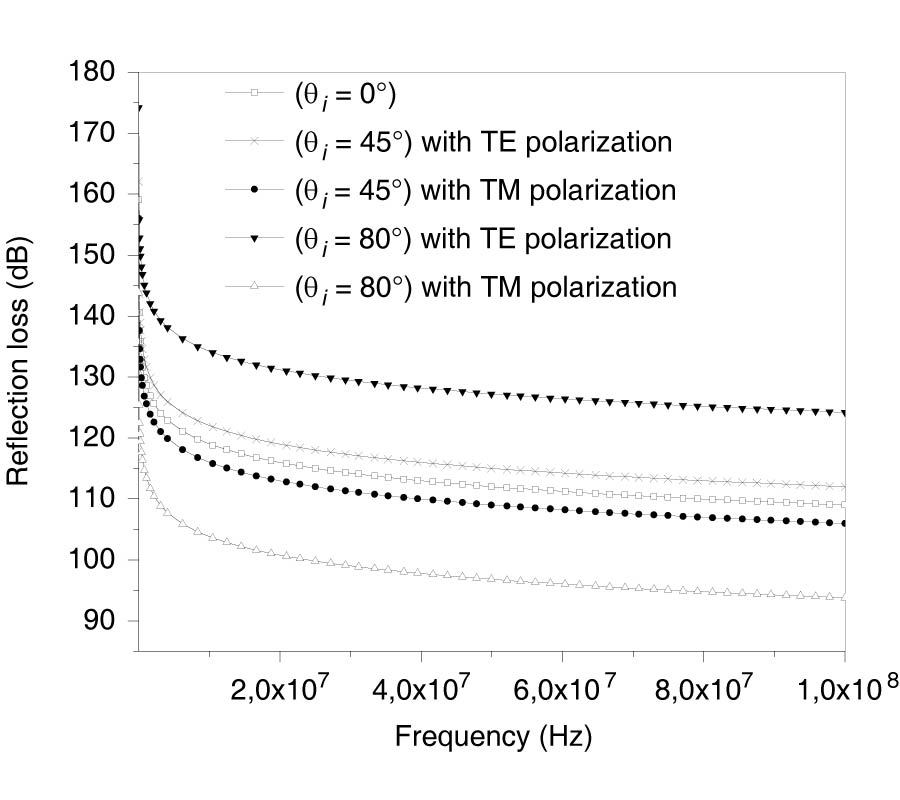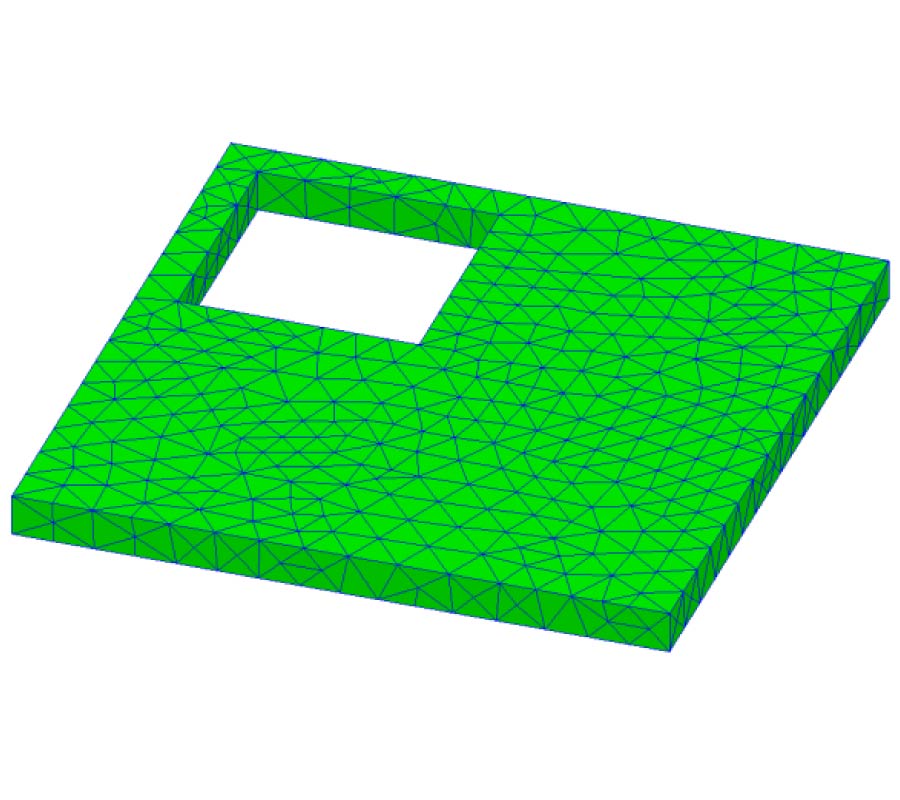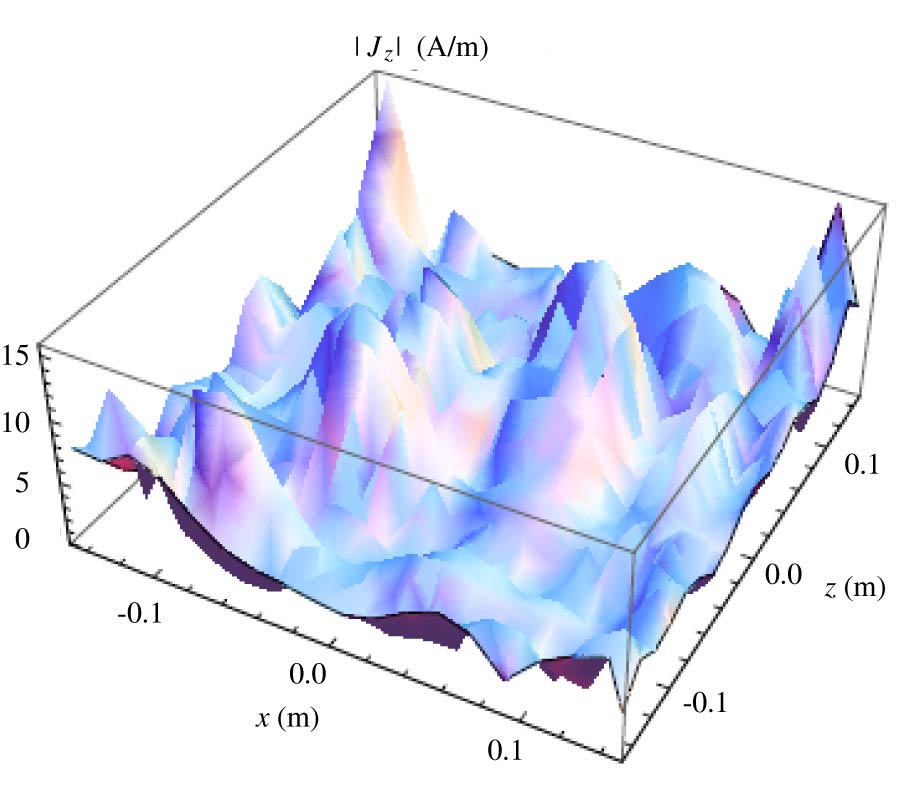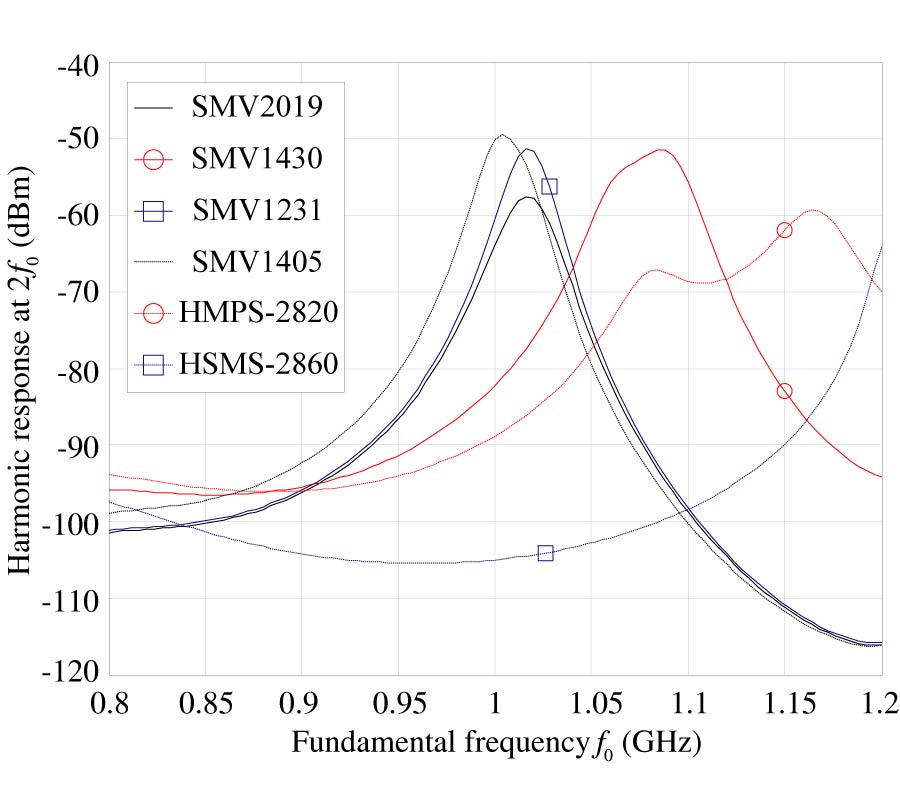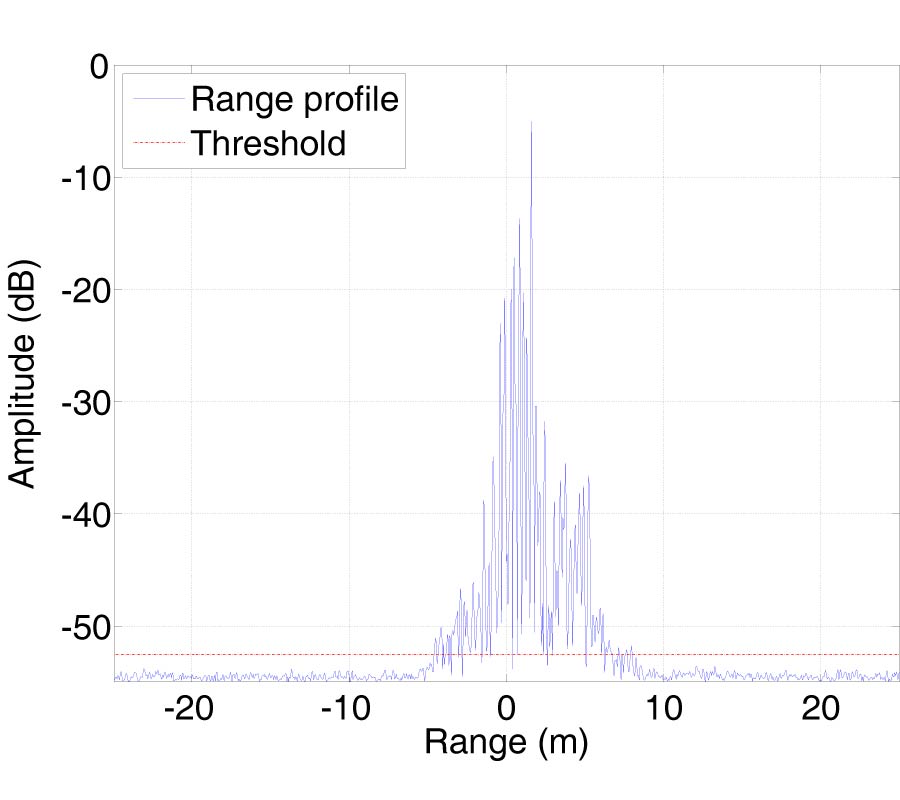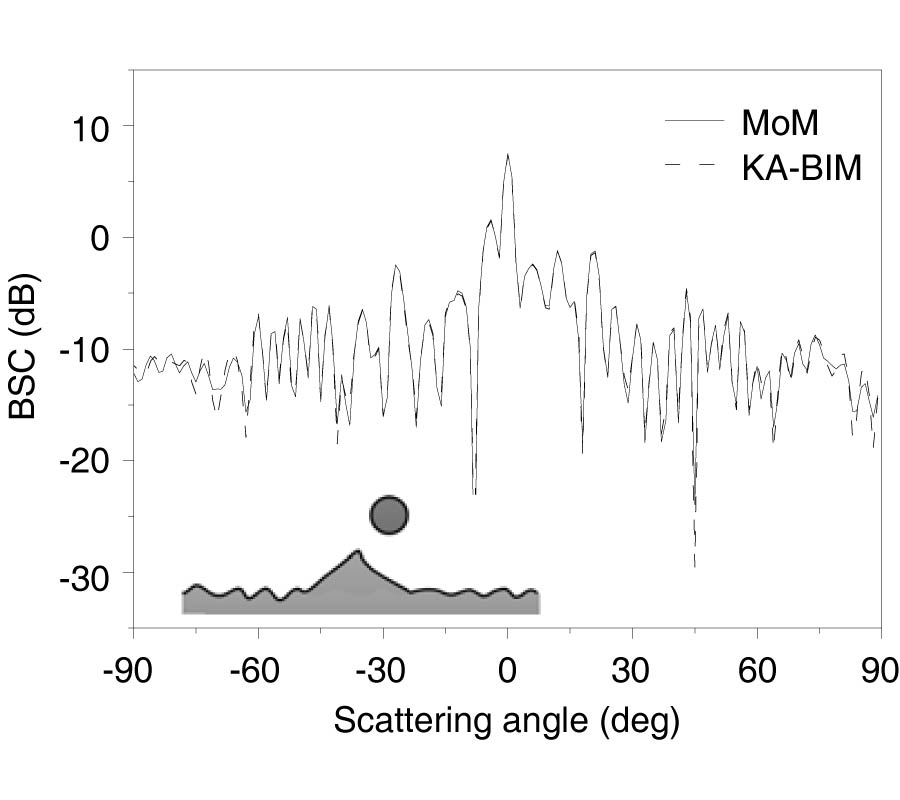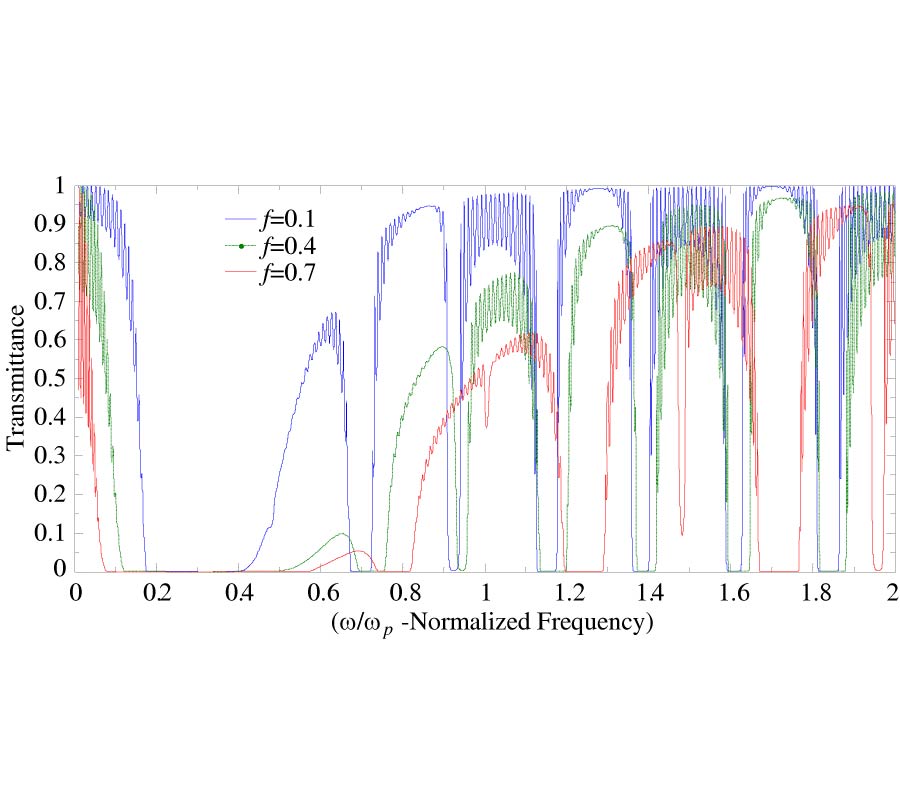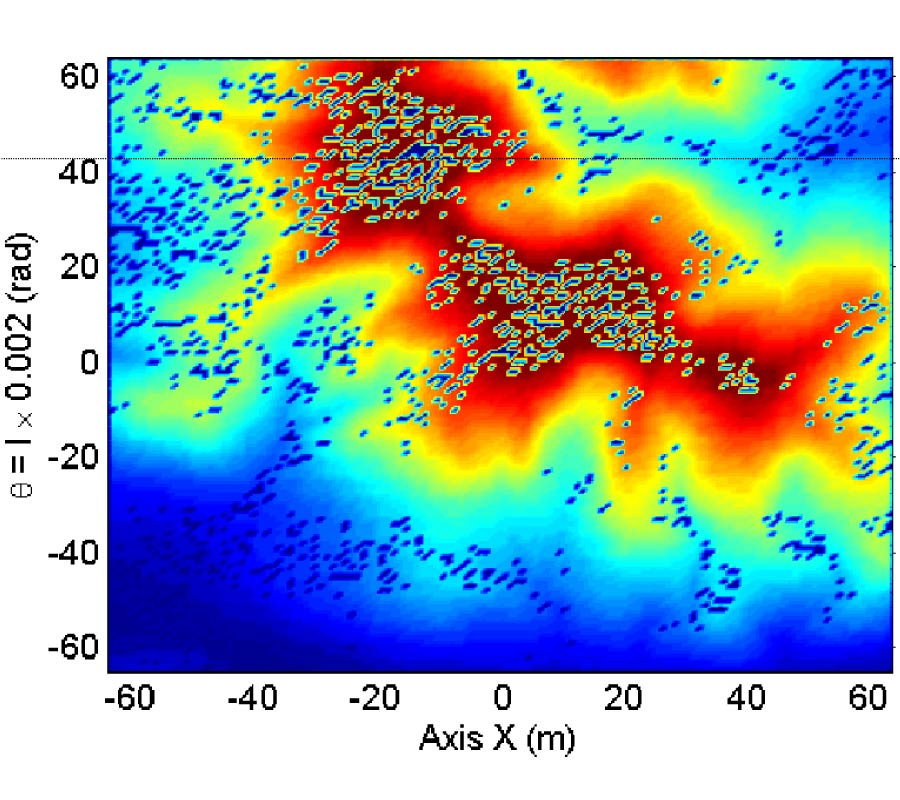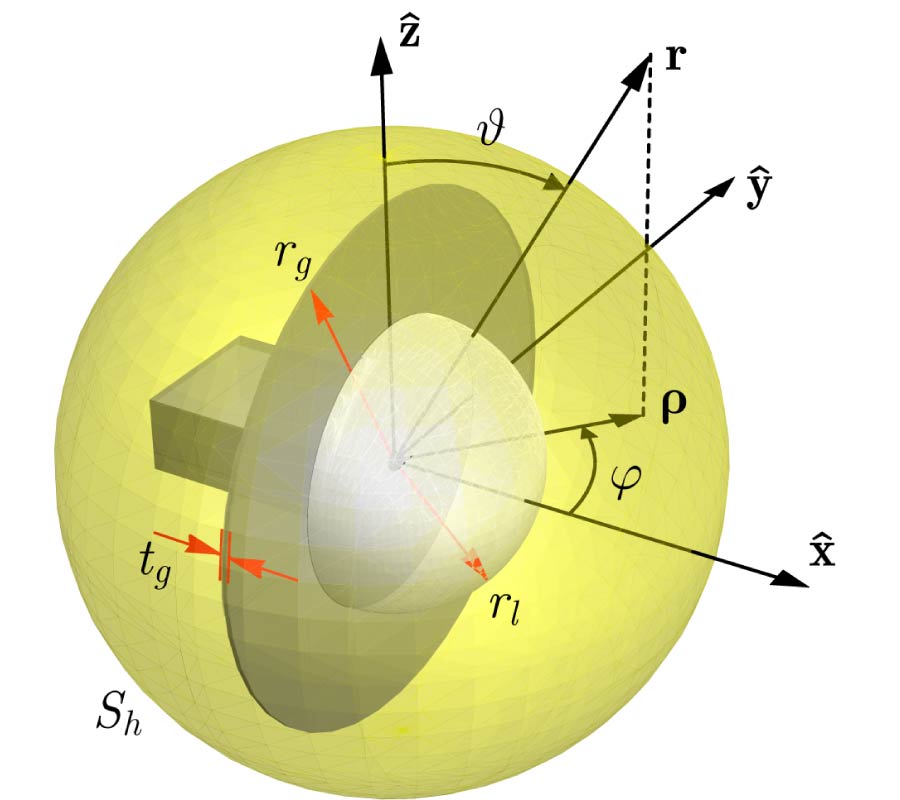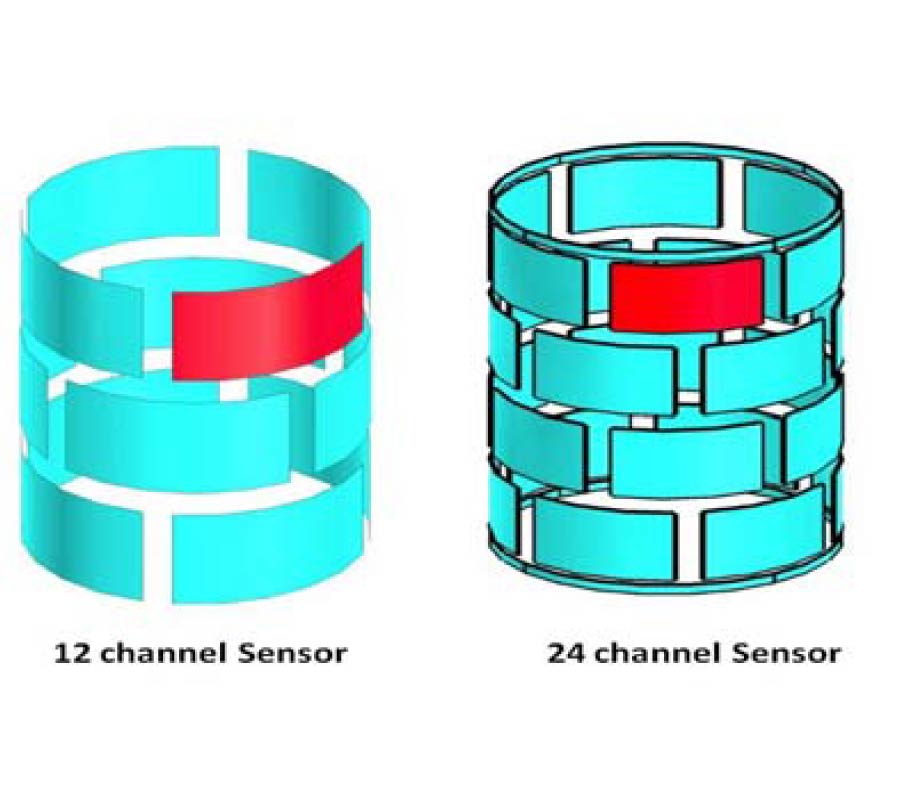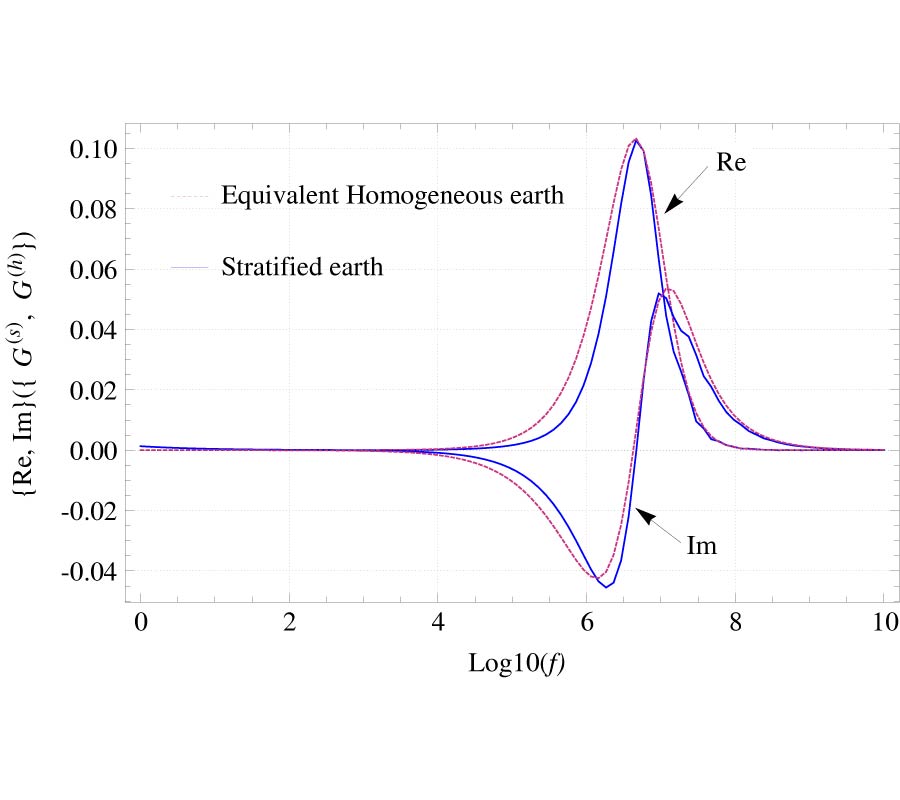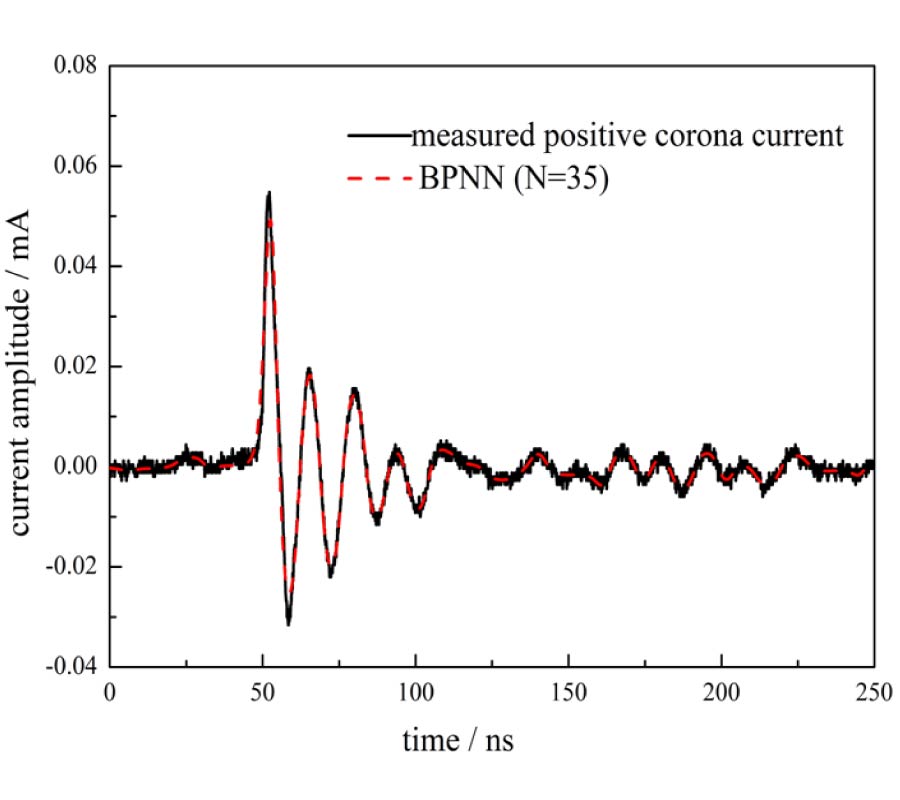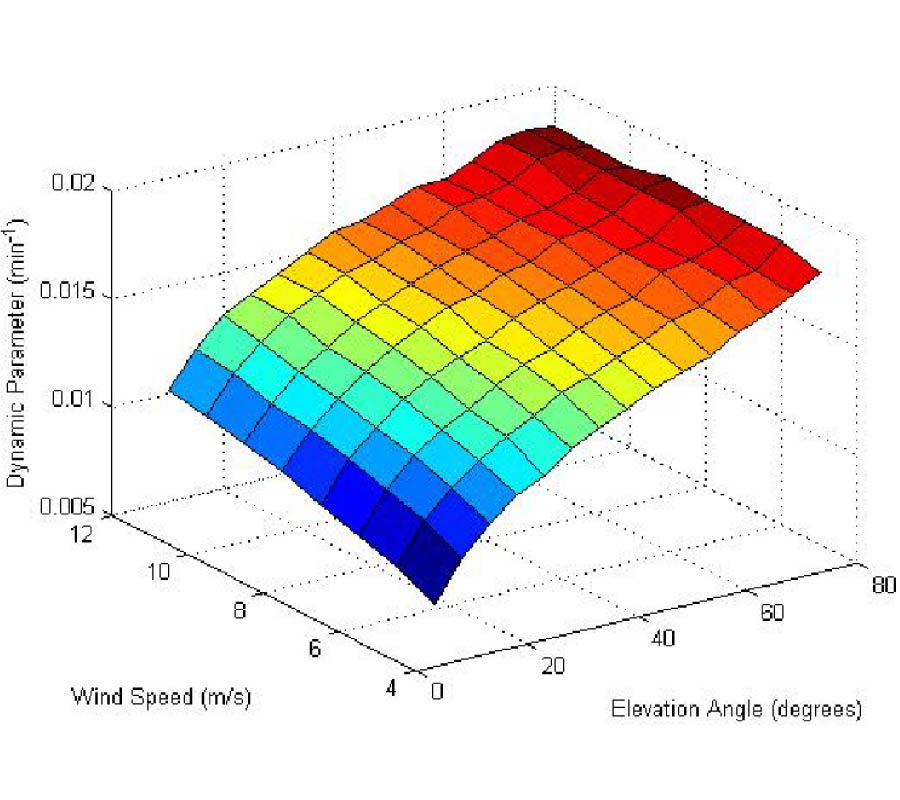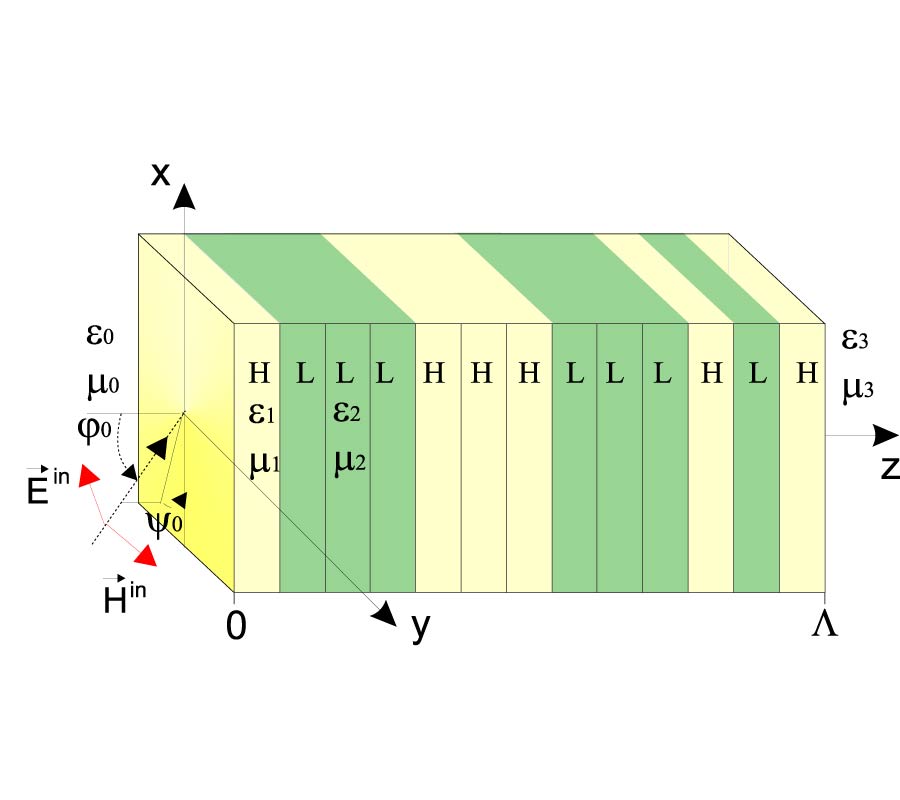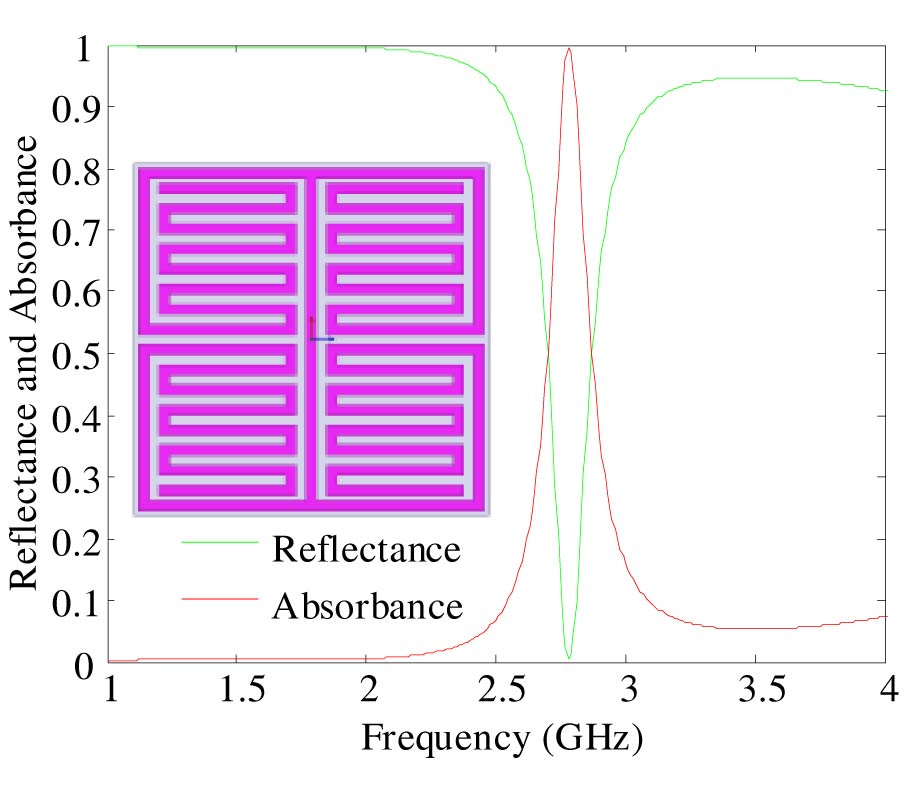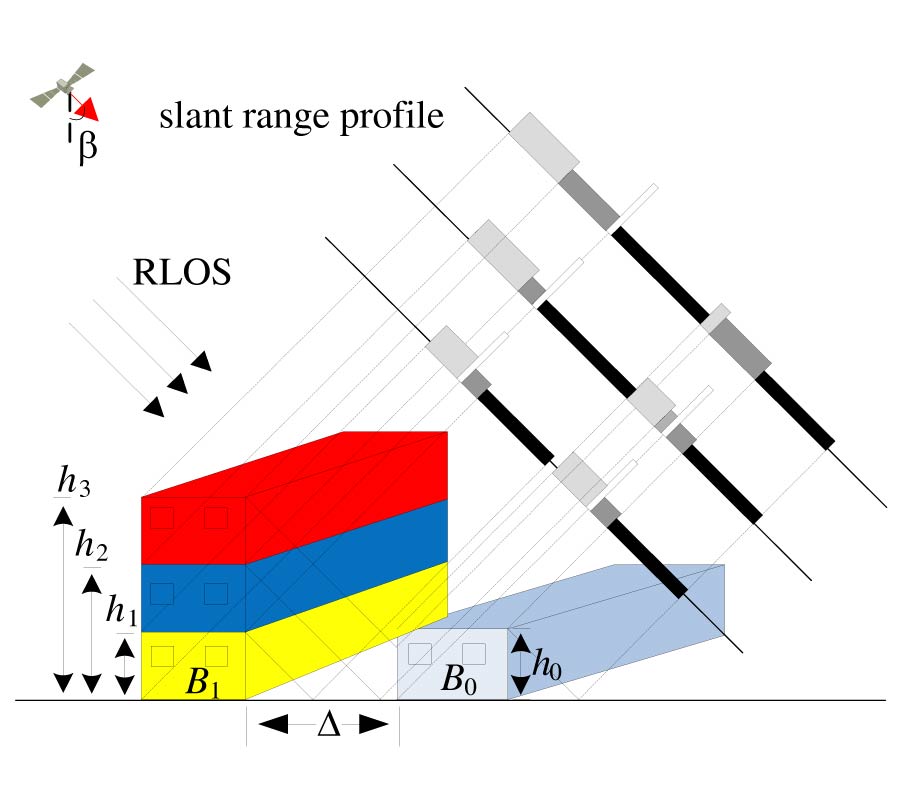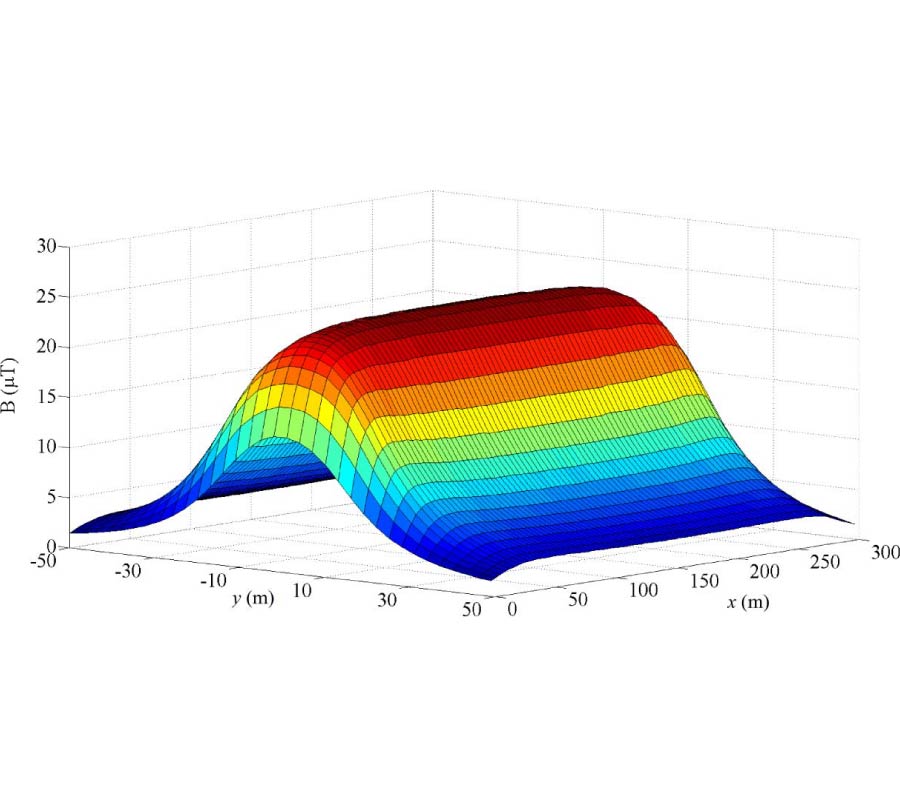Dynamic Properties of Rain Attenuation in Athens, Greece: Slant Path Rain Attenuation Synthesizer and Dynamic Diversity Gain
Charilaos I. Kourogiorgas,
Athanasios Panagopoulos,
Spiros N. Livieratos and
George Chatzarakis
In this paper, the dynamics of rain attenuation are examined, and dynamic diversity gain is evaluated for a pico-scale site diversity system. Since modern satellite communication systems operate at frequencies above 10 GHz, their efficient design requires the adoption of Propagation Impairment Mitigation techniques and so rain attenuation time series synthesizers. For rain attenuation, which is the most dominant fading mechanism, the dynamic stochastic model, proposed by Maseng-Bakken, based on the lognormal distribution is the most widely accepted and used. In this latter model, the dynamic parameter is required for the generation of slant path rain attenuation time series. In this paper, firstly, a simple expression is proposed for the calculation of the dynamic parameter in terms of the mean wind speed, elevation angle of the link, and dynamic parameter of rainfall rate. The new theoretical expression is tested with simulated data with very encouraging results. This expression is then used into a unified rain attenuation synthesizer with inputs from the rainfall rate statistics and the satellite slant path characteristics. Finally, the dynamic diversity gain is calculated for pico-scale site diversity systems for various link characteristics.
